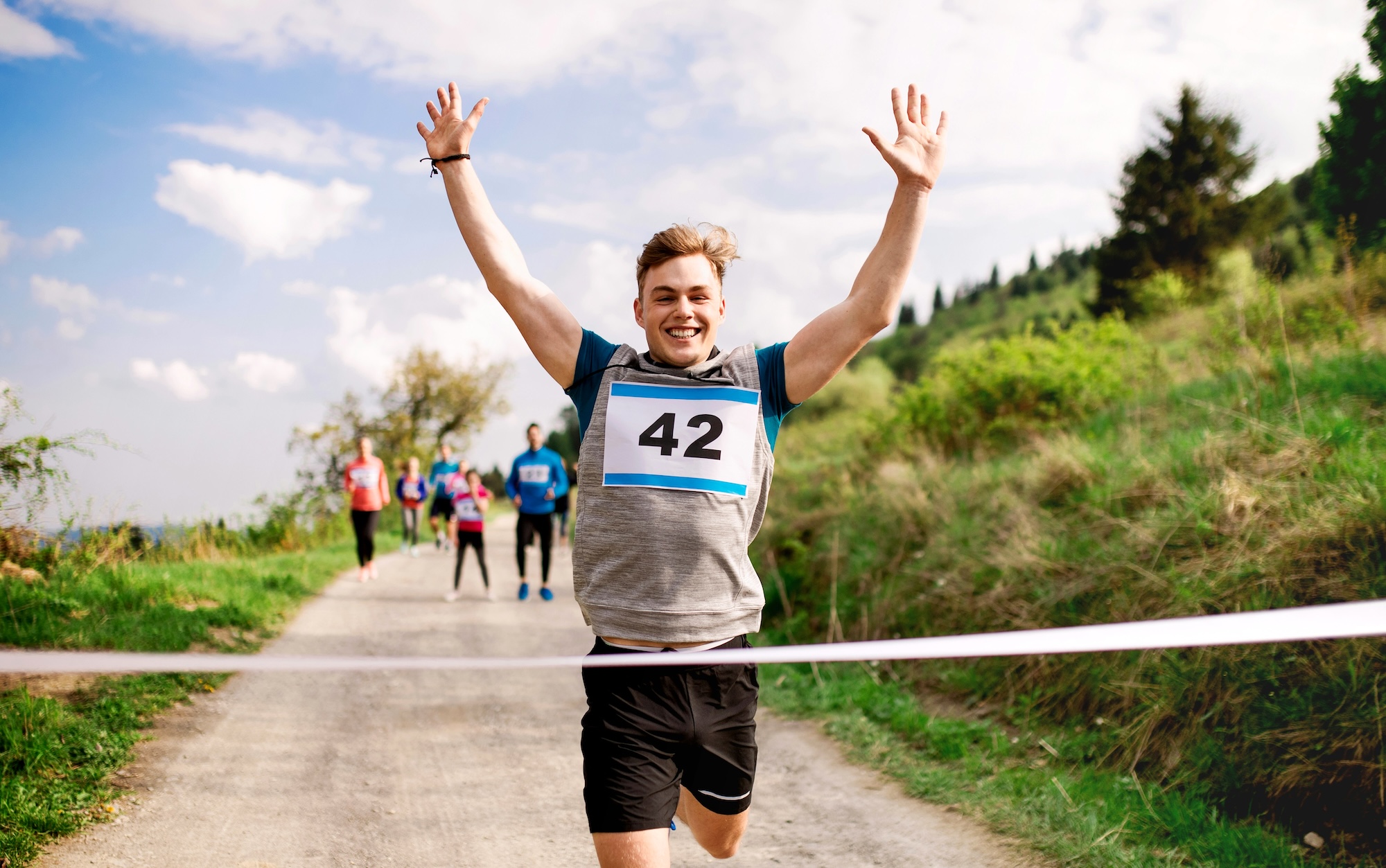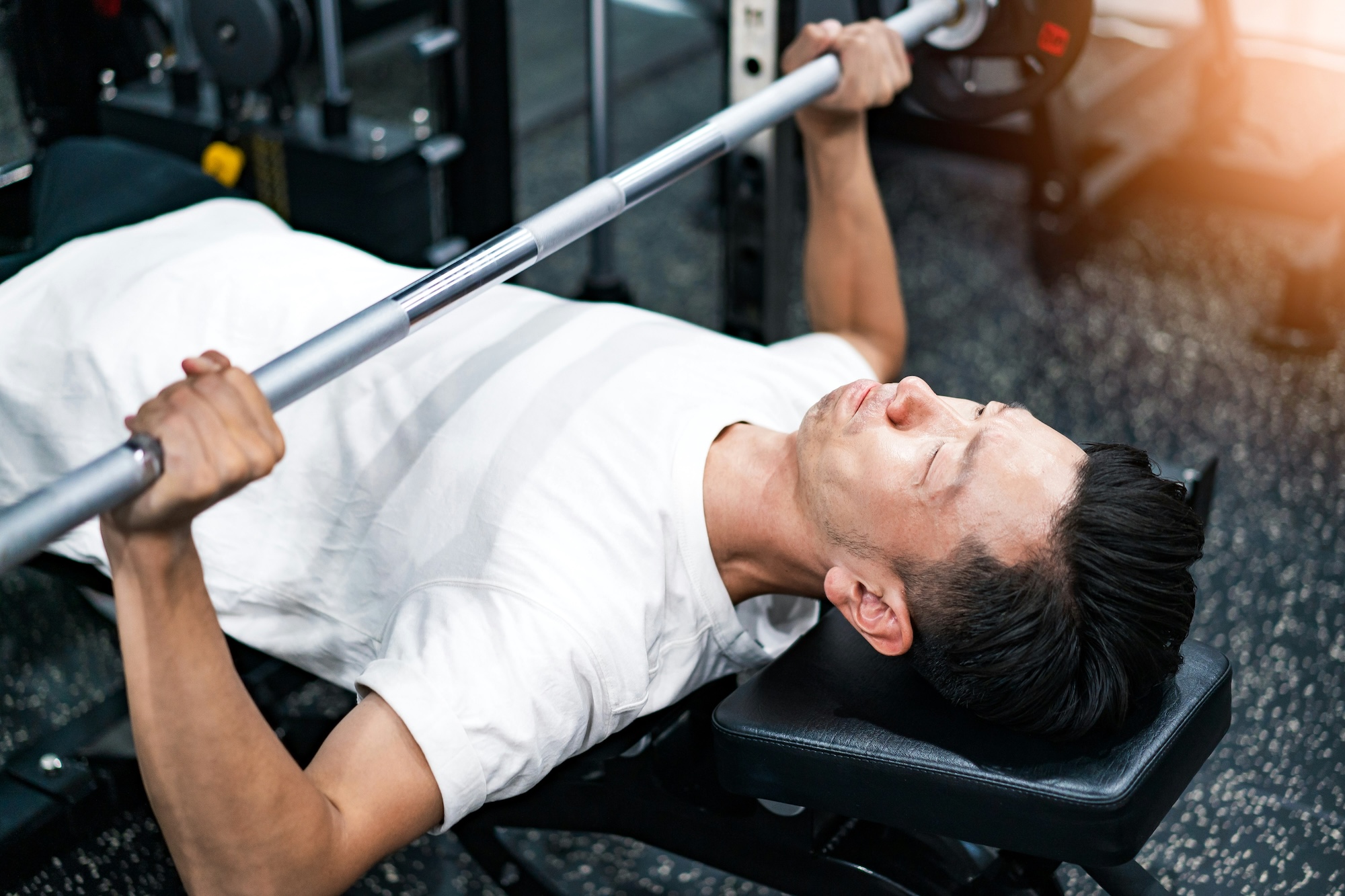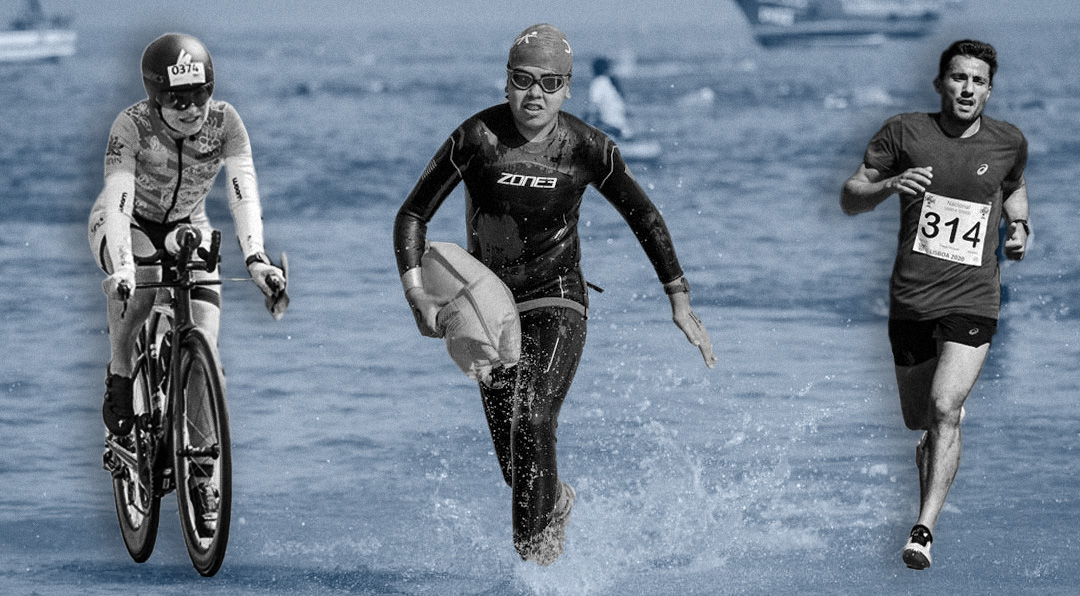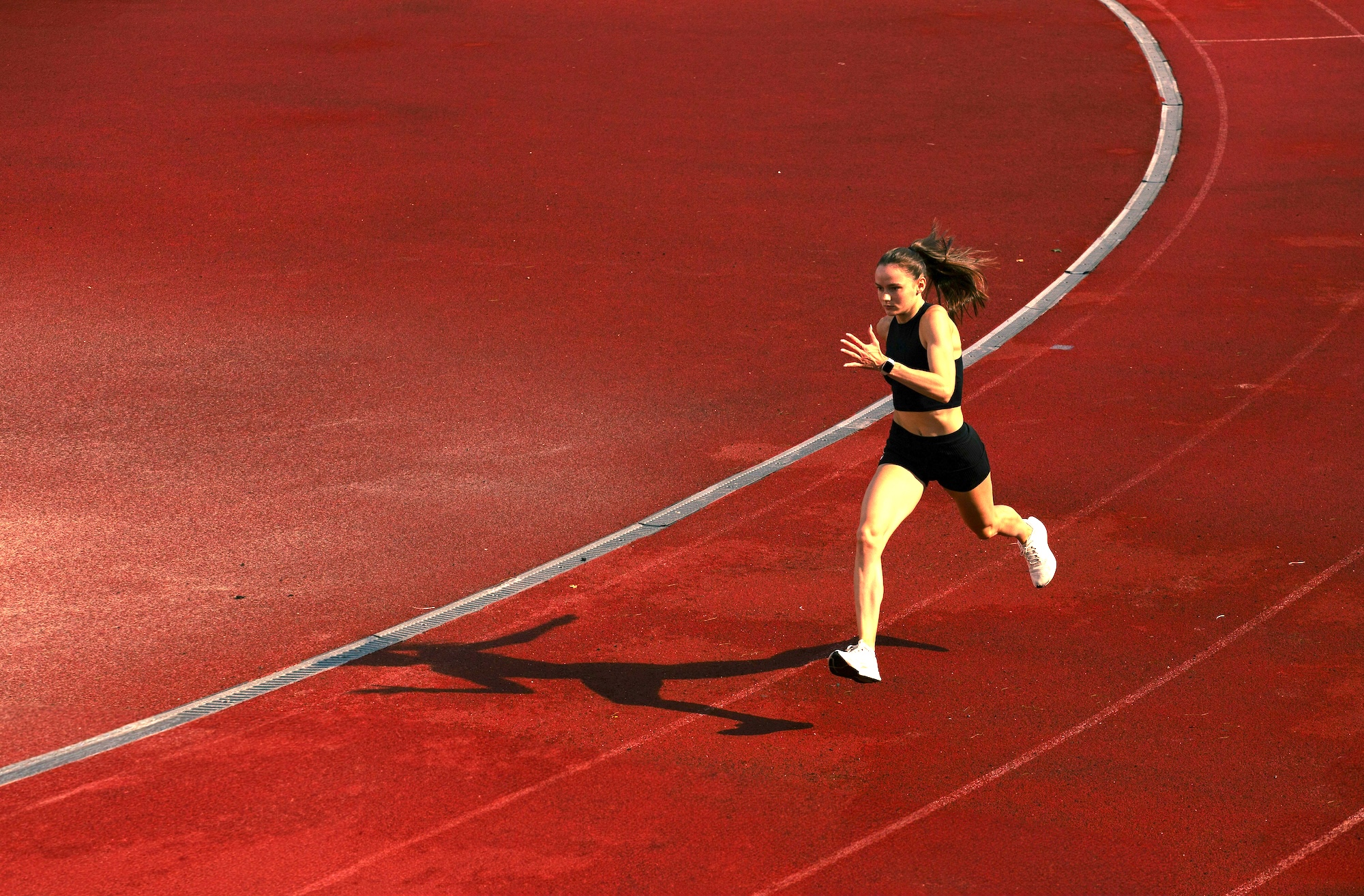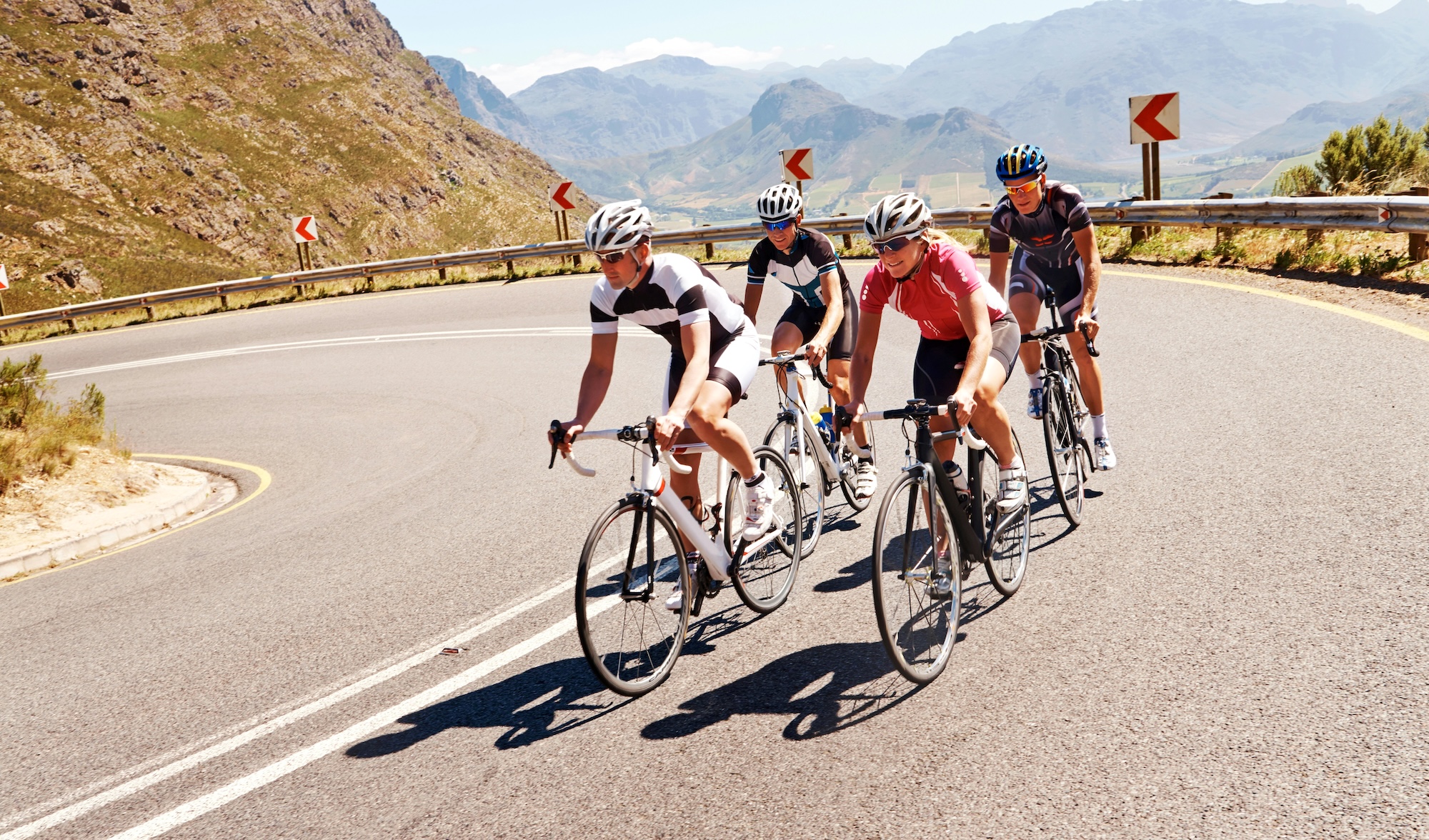Pacing yourself in the swim is the best strategy to arrive at the finish line in the shortest amount of time possible
Photo by Caio Guijarro/Unsplash
Having a competitive swimming background is definitely an advantage when you decide to sign up for your first triathlon. But it has a major downside: the tendency to go all-out from the get-go. Pacing is a skill that swimmers and former sprinters need to relearn because they focus more on speed rather than endurance.
If you’re a former competitive swimmer diving into triathlon after a long hiatus, it’s important to manage expectations. Aside from losing fitness due to an extended off-season, adding bike and run sessions affects your swim performance. You’re exposing yourself to new stress sources and your body needs to adapt to the demands of cycling and running.
Finishing strong in triathlon isn’t about how fast you get from point A to point B. It’s about managing energy levels in the most efficient way possible. This is why pacing is important for multisport athletes. Whether sprint or long distance, your pace at the start determines how strong you finish in the end. Pacing yourself in the swim is the best strategy to arrive at the finish line in the shortest amount of time possible.
Finishing strong in triathlon isn’t about how fast you get from point A to point B. It’s about managing energy levels in the most efficient way possible
But it doesn’t mean that your competitive swimming background has no place in your triathlon training program. High intensity intervals or sprints, combined with endurance and pace work sessions, improve your swim fitness by increasing both your lactate threshold and endurance. Even non-freestyle sets can help prevent swim-related injuries.
Find the speed you can maintain throughout the swim leg that won’t sabotage your bike and run. At the start of the swim, if you feel like you’re too slow, that means you’re going too fast. It’s okay to swim hard for a couple of strokes to get away from all the chaos.
As long as you’re going at a pace you can recover from, you should be able to hold a slightly slower but still solid pace for the remainder of the swim leg. If you trained just as well in the bike and run, this will translate to faster bike and run splits and a stronger finish.
Remember, slow and steady wins the race and it all begins with how you pace the swim.











